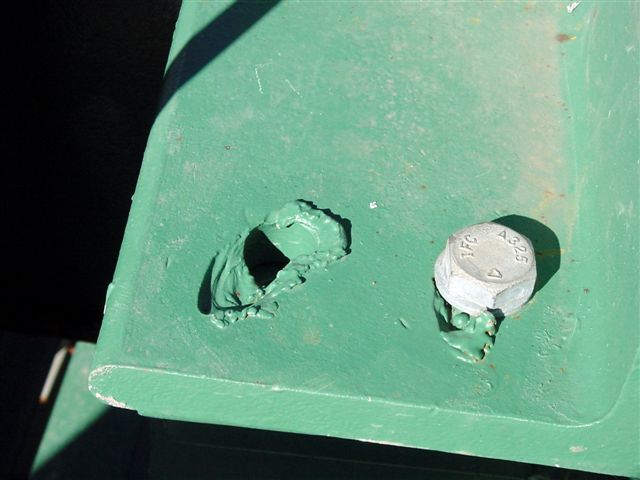All bow to the EOR, all knowing, all powerful.
Let's face it, the EOR, design professional, call them what ever you like, is the person ultimately responsible for the fate of the structure and drawings they place their stamp on. It is fitting, from a liability standpoint, that they have the final say of what can and what can't be done on "their" project.
Just like doctors, these professionals should know their limitations and should call upon associates that have the expertise they lack. This is real world and that doesn't always happen. Interestingly, most of the "old timers" I work with call in outside experts frequently. The "newbies" seem to be more hesitant to ask for help. We're all human and we are fallible.
In the case of bolt holes, the design professional should know the types of loads the fastener is going to resist. In the case of a column that only has gravity loads (compression only), a hole that isn't perfectly round may not be an issue. However, a snug tight shear connection that is expected to go into bearing under a minimal load may not tolerate holes of different sizes and edge conditions. The design professional responsible is the one individual that can review the conditions and act upon it if necessary. That is why it is important for the inspector to be very explicit in writing the report. Give the engineer all the information so a proper determination can be made of what corrective action is needed.
My reports typically take longer to write than the actual inspection. I include photographs and sketches in my reports to further clarify the job conditions. I am not the least expensive inspector in my area, as a matter of fact, I am probably the most expensive, but the professionals that use my services do so because of the quality of the report I submit. When torch cut holes are encountered, they are included in my report. The bolt is removed to examine the torch cut hole and a photograph of the hole is included in the report. It is then the engineer's responsibility to either accept or reject the hole(s) and to specify remedial action or to require the contractor to submit a plan for remedial work. It isn't my job to argue the point with the contractor.
Nothing is worse than a report that doesn't tell the client something about what was inspected. As an example, one report I reviewed for a legal case simple stated; "inspected 800 inches of weld, all was accepted". There was no mention of what members or connections were inspected! Oh yea, they did include the notation that it was "Sunny and Clear". So what, it was a shop inspection inside, protected from the weather!
Best regards - Al
I'm responding to the initial post regarding flame cut holes in the field that are presumably made with a hand held torch. In addition to what's already been said, when holes are cut with a hand torch in the field, base material is most likely going to be lost outside the circumference of the required hole diameter (as Al touched on), and oversized holes can have an adverse effect on the performance of the connection. In fact, they are not permitted in bearing connections in structural applications.

